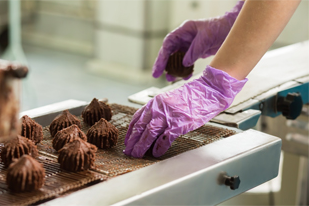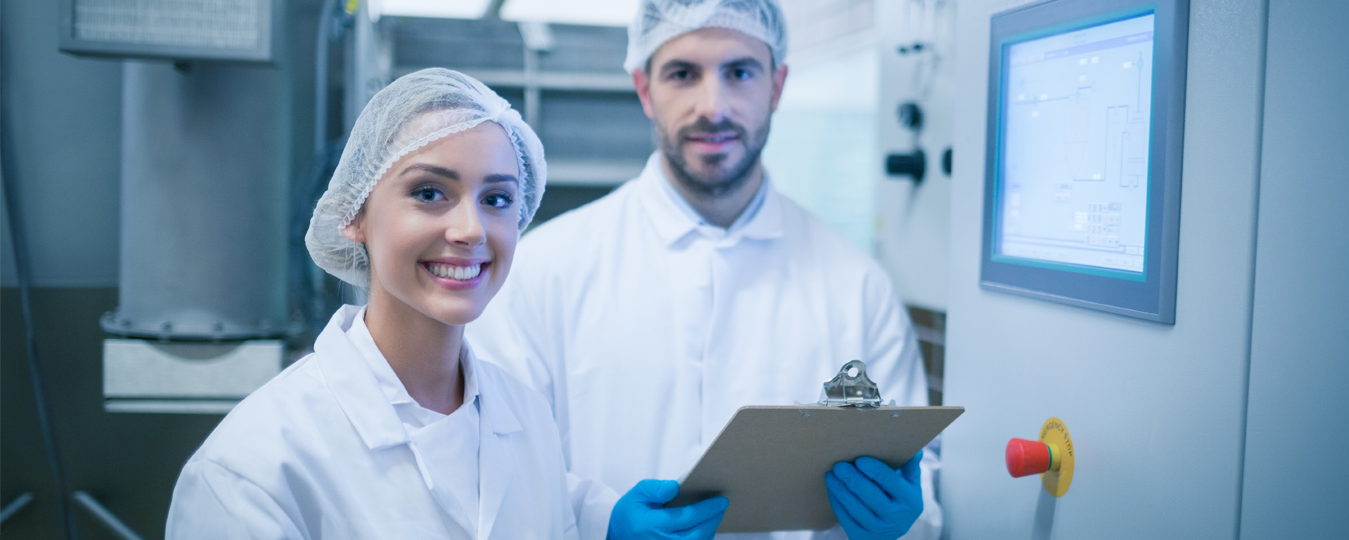About Food Safety & Traceability
Food Safety controls risks by preventing, reducing or eliminating potential food safety hazards. The Growing Forward 2 Food Safety program is a competitive program; therefore, applicants need to be clear and specific about the food safety results their projects will achieve.
Today’s food supply chain is complex and involves many stages and goes through many hands. On farm production, slaughtering and harvesting, processing, storage, transport and distribution all before food finally reaches the consumer.’
Food safety is a shared responsibility between governments, industry, producers, academia and consumers. Everyone along the way has a role to play.
Interested in some food safety facts?
+ More than 200 diseases can be spread through food
1 in 10 people fall ill every year from eating contaminated food, and 420,000+ die each year as a result. The most vulnerable? Children under the age of 5, the elderly and those immune-compromised. Proper food preparation and handling can prevent most food borne diseases and the costs associated with a product recall.
+ Contaminated food can cause long-term health problems
We know the short -term inconvenience food borne can cause. Did you know it food borne illness can also cause organ failure, certain cancers and neurological disorders?
+ Opportunities for food contamination to take place are very common
Today’s food supply chain is complex, involves many stages, and goes through many hands. On farm production, slaughtering and harvesting, processing, storage, transport and distribution all before food finally reaches the consumer.
+ Food contamination affects our economy and our society
Not only is public health affected, food contamination undermines food exports, tourism, jobs and company livelihood as well as economic development, both in developed and developing countries.
Traceability is the ability to follow products through all stages of the agri-food chain, from production to retail, by providing an effective way to track an identified product as it moves between locations.
For public safety, it’s about reducing incidences of food fraud as well as unintentional or intentional adulteration; disease management; and environmental emergencies.
For businesses, it’s all about risk management and mitigation—lowering the impact of recalls and lowering liability costs.
For the supply chain, efficiencies relate to productivity; cash flow improvements; innovation; and reducing waste.
And for consumers, it’s about access to markets and specialty foods ; and enhancing or strengthening brand confidence.
Benefits of Implementing a Traceability Program
+ Preparedness
When planning for an emergency situation, traceability provides greater visibility into a supply chain, thereby helping be better prepared if something goes wrong.
+ Response
In case something goes wrong, traceability improves the efficiency and timing of the response by all stakeholders.
+ Recovery
During the recovery phase, traceability allows the industry and regulators to maintain or rebuild trust with consumers into the safety and resiliency of the food system.
+ Prevention
Traceability allows for the determination of root cause, thereby preventing future issues.
Click here for a list of certifiable HACCP schemes recognized under the Post-Farm Food Safety and Traceability Program.





